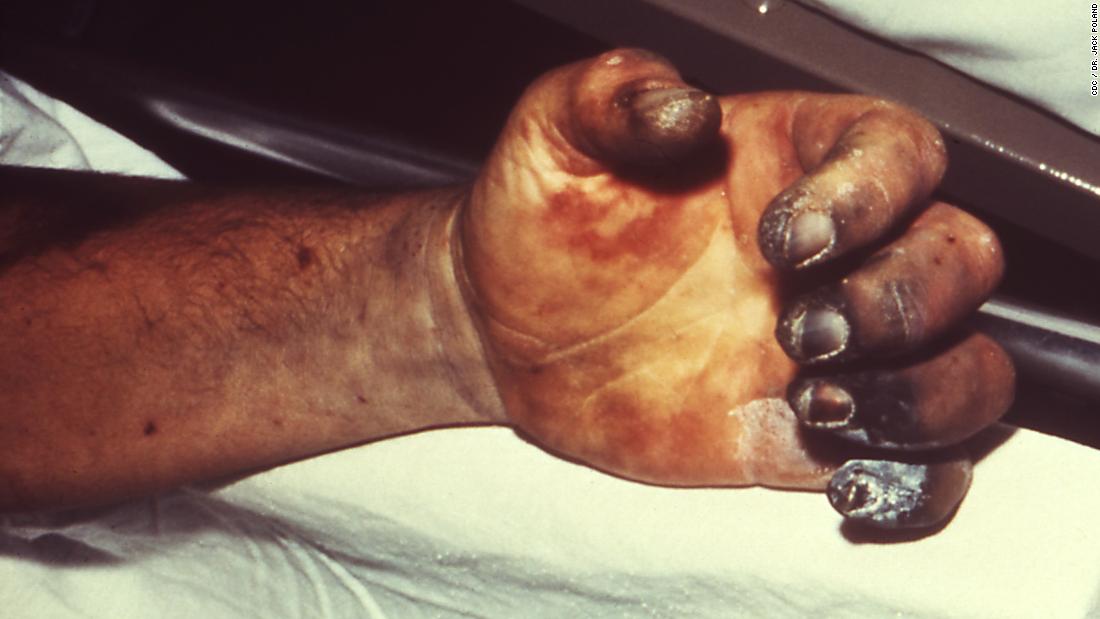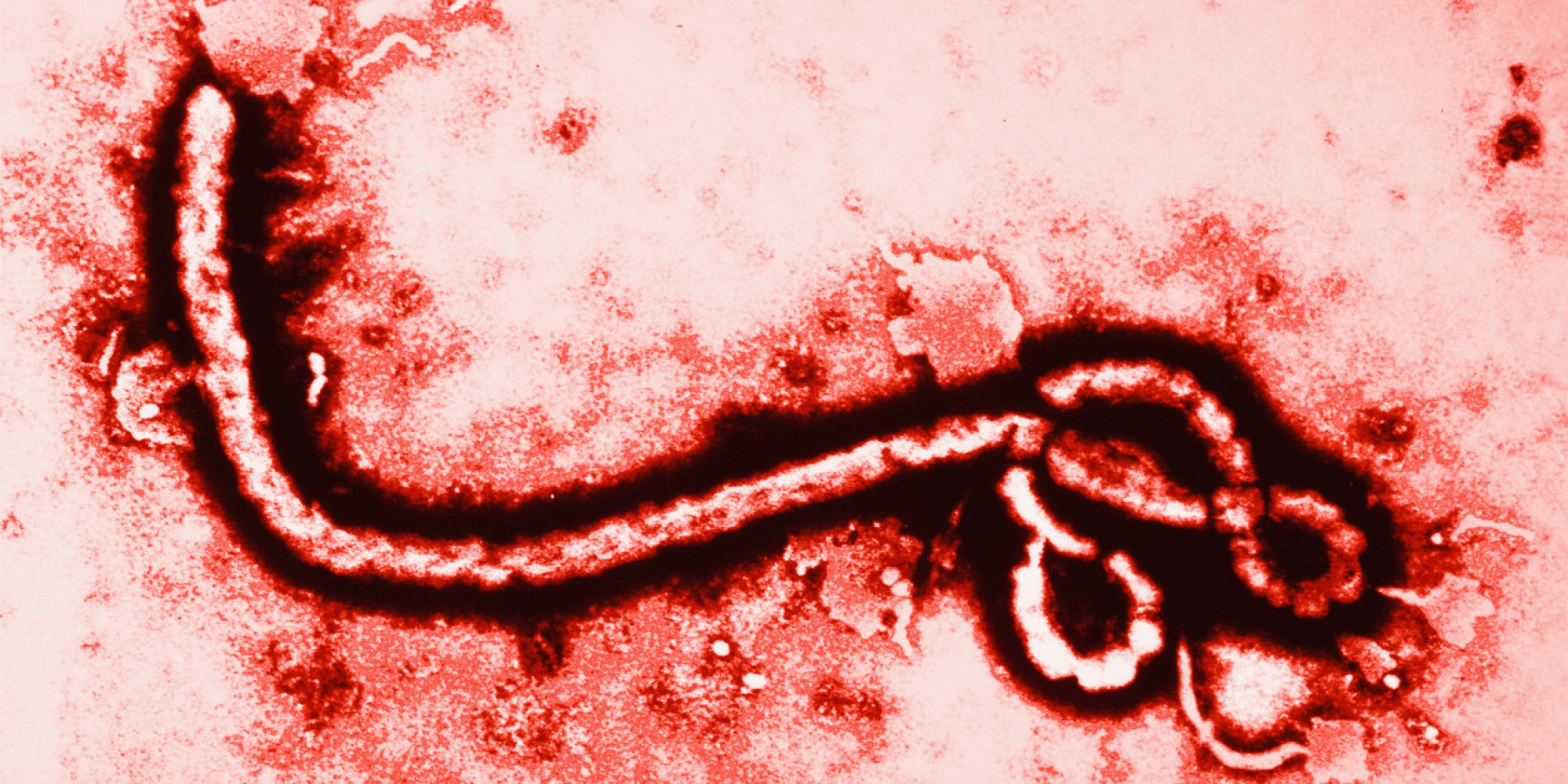The Center for Disease Control and Prevention (CDC) lists 35 agents as potential bio-weapons, however, they are all categorized into 3 different groups based on their estimated threat level.
- Category A: Have the highest potential for dissemination and mortality rates. Pose the greatest risk to national security as well as causing massive public fear and civil disruption. Require the most public health preparedness.
- Category B: Also pose a potential risk through dissemination, although with fewer incidents of illness and lower rates of mortality. Considerable public health preparedness.
- Category C: Not considered a significant threat as category A and B, although there is the potential for these agents to be developed as future weapons with better scientific understanding. Could still potentially lead to incidents of morbidity. Non-specific preparedness through overall bio-terrorism assessment.
Summary of Clinical Characteristics and Management Guidelines for Category A Biological Weapons
-
Agent Incubation Period Triage/Provider Guidelines Treatment Recommendations Anthrax 2–4 days Standard universal precautions Ciprofloxacin or doxycycline† Smallpox 10–12 days Airborne/contact precautions Vaccinia immune globulin, cedofivir Plague 2–4 days Airborne (droplet) precautions Streptomycin or gentamicin Tularemia 3–5 days Standard universal precautions Streptomycin, gentamicin, ciprofloxacin Hemorrhagic fever viruses 2–21 days Airborne/contact precautions Consider ribavirin Botulinum 12–36 hrs Standard universal precautions Botulinum antitoxin Ricin* 4–8 hrs‡ Standard universal precautions Supportive only -
- – Source: Shannon, Michael “Management of infectious agents of bioterrorism” March 2004
- ∗Ricin is not a Category A bioweapon. However, it has a high-profile agent with significant toxicity.
- †One or two additional antimicrobials should be added. See text for treatment options.
- ‡Incubation period after inhalational exposure
Symptomatic Responses in the body in Category A Agents:
Anthrax

An animation of the Anthrax bacterium. Fooyoh. N.p., n.d. Web. 6 Dec. 2015.
Anthrax is a type of bacteria called Bacillus anthracis. Inhalation, digestion or skin contact with this bacterium has the potential to lead to infection in those exposed. Anthrax is estimated to have a mortality rate of 95% although during the September-October 2001 Anthrax attacks the mortality rate was 50%. Within 2-4 days of exposure victims would come down with flu-like symptom (fever, chills, sweats, malaise, non-productive cough, and chest discomfort). If not treated, it could progress to either hemorrhagic mediastinitis, pleural effusions, meningitis and sepsis and eventually death. Anthrax is not contagious however and if treated promptly those exposed can make a full recovery. Anthrax scares are most likely to occur in government buildings, so state capital cities and Washington D.C. are some places where one would be most likely to see an outbreak. Anthrax can be controlled fairly easily, and does not spread through human-to-human contact so it is used by people trying to send a message to a specific person of power.
Smallpox

Smallpox symptoms typically arise as 10-12 days of a low-grade fever and malaise. These first signs are then followed by a high-grade fever, prostration and the development of lesions. Smallpox has a mortality rate of 30%, although treatment after 4 days of exposure has been effective at increasing chances of survival. Although smallpox has been eradicated and official vaccination had stopped in 1972 within the United States, the potential bio-weapon risk lies in the lack of immunity amongst those (mainly children and young adults) born after its eradication. At present the United States and Russia are the only countries who possess the disease in research laboratories. Smallpox is contagious and requires specific airborne and contact protocols for those handling smallpox patients. A bioweapon containing smallpox is unlikely to occur because the disease is so contagious, there is a high chance the disease will eventually make its way back to the people who created the weapon in the first place. If it were to occur however, Alpha cities such as New York and Los Angeles would be at risk due to a high population of people living in the area.
Plague

Arguably the most well known of the category A agents, plague devastated the European population during the 14th and 15th centuries, most notably during the epidemic of 1346 which killed an estimated 20 – 30 million people. Japan in the 2000’s dropped a “flea bomb” of plague-carrying fleas on China causing a serious outbreak of the disease. However in the case of a modern biological attack, pneumonic plague would be most likely as it can be spread through aerosolized droplets. Symptoms appear 2-4 days after exposure as fever, bloody or watery mucus as well as flu like symptoms. Victims could die from respiratory failure as a result of the pneumonia. The pneumonic plague is the most serious and carries a 90-100% mortality rate when untreated. A Pneumonic Plague bioweapon would be most likely to affect a big population due to its ability to be aerosolized. Large, developed cities would be most at risk.
Tularemia

A zoonotic bacteria, Tularemia is a pathogen that can disease with as few as 10 organisms. It is a category “A” pathogen and this disease can spread from many routes including inhalation of the aerosolized bacteria, through contaminated bacteria, and from bites from an arthropod vector such as ticks or fleas. Potential for this bacteria to be used in a biological weapon was seen when an epidemic swept the Soviet Union and Eastern Europe in the 1930’s.
A biological attack with this bacteria would have major consequences as the Centers for Disease Control (CDC) estimated that an attack would cost a society about $5.4 Billion. With proper treatment, the mortality rate is less than 2%; however in the context of a biological weapons attack many will not get treatment and those who do not have a mortality rate of up to 60%. As there are many dispersion methods, there are various types of Tularemia all with different symptoms. All are accompanied by a high fever. Those who are infected with Tularemia in the case of a terrorist attack are recommended to take oral Doxycycline and Ciprofloxacin to combat the illness. Because Tularemia can be spread through so many ways a variety of locations are at risk. Any place that has ticks could be at risk due to the introduction of the bacteria into the population, but also public transportation hubs could be at risk due to its ability to be aerosolized.
Ebola

A filovirus, Ebola is a category “A” due to the social disruption it could cause as evidenced by the panic the 2014 Ebola outbreak caused in the United States. A common disease in Africa, Ebola carries a mortality rate of between 50-90%. It is spread through blood and bodily fluids as well as fomites that might contain the virus such as a blanket. Ebola has several symptoms including flu-like symptoms but also leads to internal bleeding. In non-militarized form, Ebola is a zoonotic disease. There are no known treatments of Ebola. Because Ebola is spread through bodily fluids, hospitals would be at extreme risk of transmitting the disease through improperly washed sheets and beds.
Botulism
An extremely rare disease, Botulism is caused by a bacteria that produces a nerve toxin, rendering a person with paralysis. Naturally occurring Clostridium botulinum is transmitted in several ways including eating contaminated food and ingesting aerosolized spores. Symptoms as a result of this disease include droopy eyes, muscle weakness, slurred speech, double vision, which leads to muscle paralysis and even extremity paralysis. Botulism can be treated by putting the patient on a respirator and administering anti-toxin. It can take months for a patient to recover. Different areas would be susceptible to Botulism depending on the method of dispersion. If food was contaminated, those who have eaten the restaurant would be at risk. But because it is also aerosolized, any place that has a large amount of random human-to-human contact, such as on public transportation, would be at risk.
Ricin

Ricin is a poison that is produced in castor beans. These beans are grown around the world to produce castor oil, but the poison is a by-product of the creation of the oil. This substance can be used as a bioweapon as only a few grains of ricin is needed to kill a human being. Ricin can be passed through food, water, and even the air so there a number of ways that this poison could be spread. The poison gains its lethality from preventing necessary proteins from entering cells in one’s body, causing them to die. Ricin symptoms can appear as soon as 4 hours after exposure and symptoms depend on whether the poison was inhaled or ingested. There is no cure for Ricin, however survival increases if the body can rid the poison as fast as possible, including washing the body if the poison is on the skin and forced vomiting if it was ingested. Ricin is extremely dangerous and due to its ability to be transmitted in many ways, a large demographic could possibly be at risk. If the water supply was to become infected, for example, anyone who drank the water would become at risk. This could range from a few thousand people if it is in a rural town, to millions if it is in a large, metropolitan city.
Others
- Category B: Q fever, Brucella species, Burkholderia Mallei, Alphaviruses, Staphylococcus entertoxin B, Salmonella species, Shigella dysenteriae, Escherichia coli, Vibrio cholerae, Cryptosporidium parvum
- Category C: Hantavirus, tickborne hemorrhagic fever, yellow virus, mycobacterium tuberculosis